

























Xiqu Centre / Hong Kong
Further images
-
(View a larger image of thumbnail 1
)
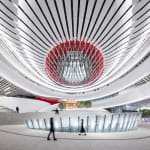
-
(View a larger image of thumbnail 2
)

-
(View a larger image of thumbnail 3
)
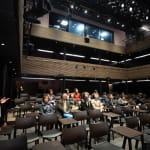
-
(View a larger image of thumbnail 4
)
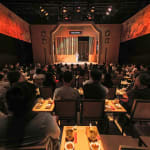
-
(View a larger image of thumbnail 5
)

-
(View a larger image of thumbnail 6
)

-
(View a larger image of thumbnail 7
)

-
(View a larger image of thumbnail 8
)
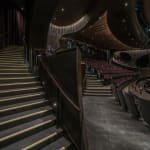
-
(View a larger image of thumbnail 9
)
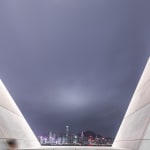
-
(View a larger image of thumbnail 10
)
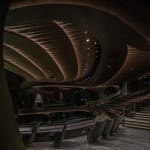
-
(View a larger image of thumbnail 11
)
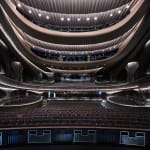
-
(View a larger image of thumbnail 12
)

-
(View a larger image of thumbnail 13
)
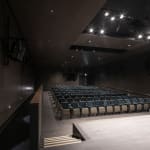
-
(View a larger image of thumbnail 14
)
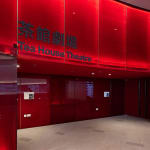
-
(View a larger image of thumbnail 15
)

-
(View a larger image of thumbnail 16
)
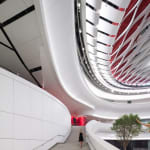
-
(View a larger image of thumbnail 17
)
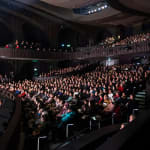
-
(View a larger image of thumbnail 18
)
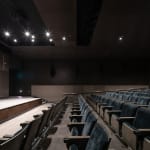
-
(View a larger image of thumbnail 19
)

-
(View a larger image of thumbnail 20
)

-
(View a larger image of thumbnail 21
)
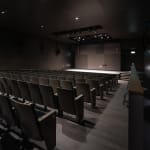
-
(View a larger image of thumbnail 22
)
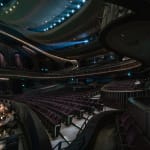
-
(View a larger image of thumbnail 23
)
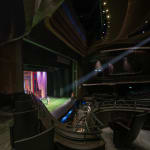
-
(View a larger image of thumbnail 24
)
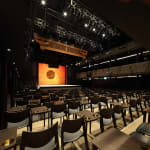
-
(View a larger image of thumbnail 25
)
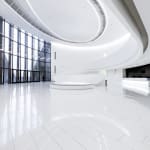
-
(View a larger image of thumbnail 26
)
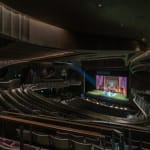

A Dramatic Entrance
As a brand-new venue for traditional Chinese opera in Hong Kong, the Xiqu Centre is dedicated to the conservation, promotion, and development of the rich cultural heritage of xiqu. As it was conceived as a landmark for the new West Kowloon Cultural District in the heart of Hong Kong, its façade and equally dramatic entrance evoke the theatre drapes and the Chinese Moon Gate motif respectively. Members of the audience and visitors are led to a multi-level circular atrium. The façade comprises a modular system of scaled fins from aluminum pipe, selected for both its alluring aesthetic and enhanced performance. The innovative design decision to suspend the Grand Theatre, Tea House and other facilities off the ground facilitated the internal configuration of the atrium, creating ample space beneath for a welcoming and fully open public plaza for exhibitions, stalls, and workshops.
Extensive Facilities
Xiqu Centre houses the breathtaking Grand Theatre, accommodating 1,073 seats, the Tea House Theatre with a capacity of around 200 seats for more intimate performances, eight professional studios and a seminar hall, all specially designed for different types of xiqu-related functions and activities. The design details of each of the facilities have also been created in response to the practical requirements and aesthetic features of the art form.
Future-proofing Design
Besides connecting the ancient Chinese dramatic art form to the contemporary art scene and a new generation of theatregoers, the Centre's architecture is highly functional. As the Centre is in the proximity of high-speed rail station, Western cross-harbour tunnel, and other urban developments, the Grand Theatre is suspended 90 feet or 27 metres above the ground to strategically isolate the auditorium from the vibration and high ambient noise levels. During the Centre's construction, the adoption of modular components greatly reduced construction waste, and a quarter of all building materials were sourced regionally and sustainably to cut down on carbon footprints. Through the use of large portal-openings in the façade and a passive ventilation chimney, a natural airy stack effect is created so that the temperature in the plaza is significantly lower than its surroundings even without using air conditioning. The Centre serves as an important model for a civic structure that meet many cultural and social needs for years to come.

